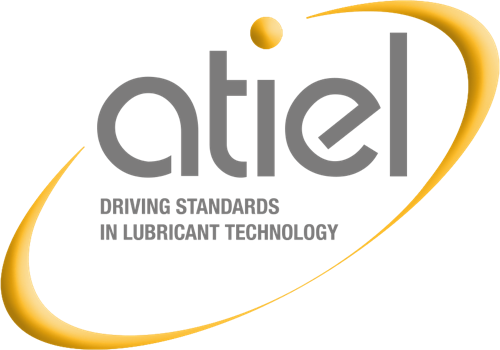From time-to-time the CEC Board will publish Tenders for CEC Test Method development work. Interested laboratories may submit their bids for this work according to CEC's standard guidelines and procedures, which are available on this web-site, please click on the 'Constitution' button above. In particular we would like to draw your attention to the following:
Guideline 10 - The Tendering Process
Guideline 11 - Sponsored Test Development + Surveillance Groups
Guideline 13 - Sponsorship and Funding of CEC Test Method Development
Guidelines
This page is intended to assist in the compilation of a tender document when bidding for CEC Test Developments. It briefly outlines the various sections that the CEC MB would expect to see when a tender document is submitted. Not all sections will be needed for a particular bid but are included for completeness. When specific details are not required for a tender response this will be made clear in the request for tender.
Introduction of Company.
Short introduction about the company, what it does, how long it has existed, where it is situated, its facilities and staffing levels.
Testing Experience – include previous and current testing experience.
Technical expertise – Management, Engineers, Chemists and Technicians - qualifications and experience.
Current CEC Test activities if applicable – what CEC tests are installed.
OEM In-house Test activities - if applicable and not confidential.
Company Organisation – Management and staff structure.
Quality Management Systems – QS9001, ISO17025 – short explanation of quality systems in place in the Company.
CEC Support – explanation of support Company gives to CEC i.e. WG Chairmen, Secretaries, Reference Fluid Co-ordinators, Statistics support, etc.
Management of the Test development
Supervision of the development – what Managers/ Engineers/Chemists you will put on this project.
Test stands – will it be a dedicated test stand or pallet based system.
Analytical support – explain how you will support any Oil analyses required.
Rating – explain your Rating experience, e.g. Rating workshops attended.
Measurements, e.g. wear measurement - what equipment is available.
Outline the Development of the Test.
CEC Terms of Reference – show TOR and use as basis for the development process.
Development Flow chart – flow chart showing the process.
Detailed Description of Development.
Stage 1 – Installation phase.
Stage 2 –Investigation phase.
Stage 3 – Demonstration of Severity, Discrimination / Repeatability with the Reference Oils.
Stage 4 – Test Evaluation and Final Acceptance.
Chemical-physical Analyses.
Engine Rating and Measurements.
Support from all Parties – liaison with sponsoring OEM/engine supplier.
Meetings – proposal and schedule of meetings of the TDG sponsors.
Information Exchange – How will you keep the TDG informed of progress between meetings?
Status Reports – CEC progress reports,
Project Management Timing – e.g. Gantt chart showing critical path, milestones, dates and completion.
Project cost breakdown
Test stand preparation / Commissioning
Pre-investigation phase
Discrimination / Repeatability
Supervision / Reports / Engineering support
Total Cost for project.
